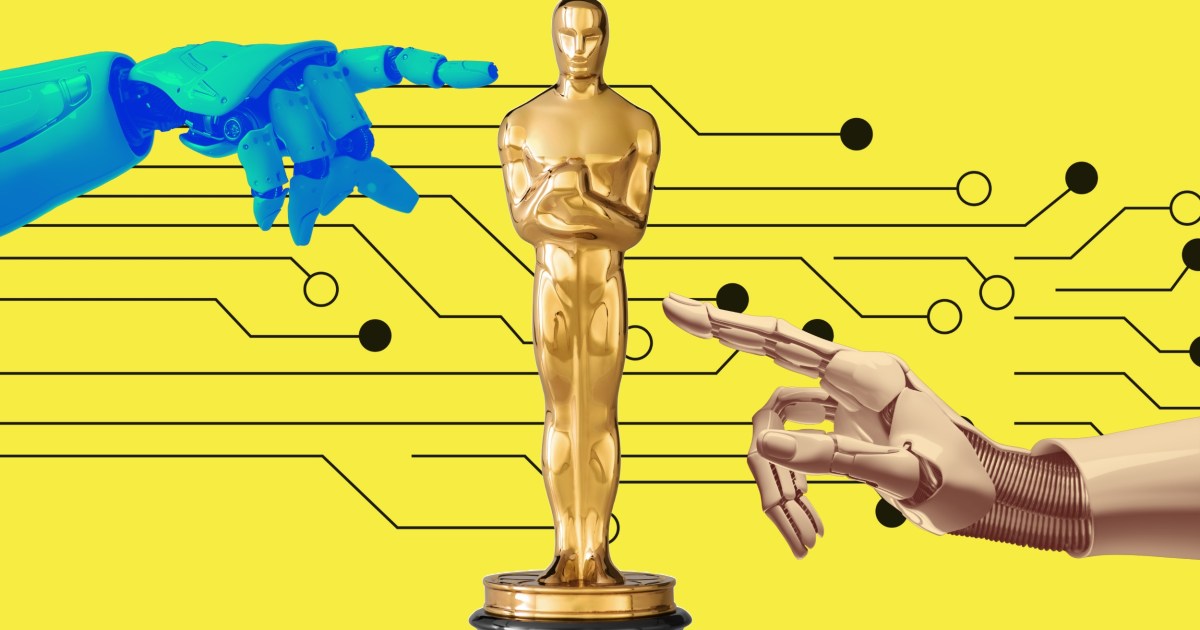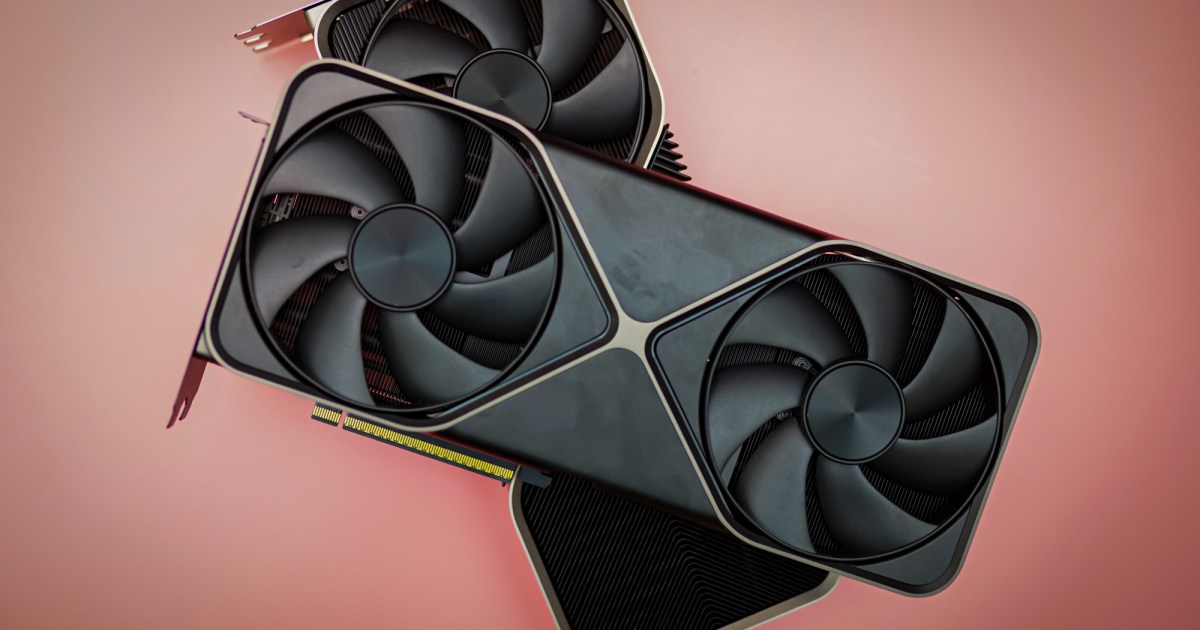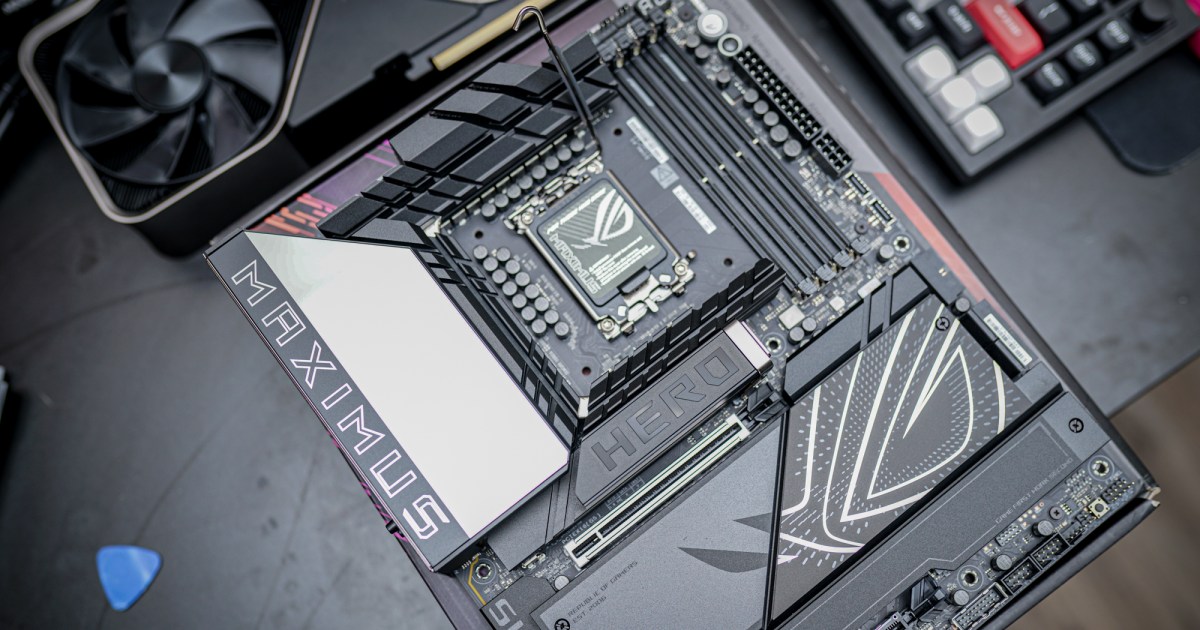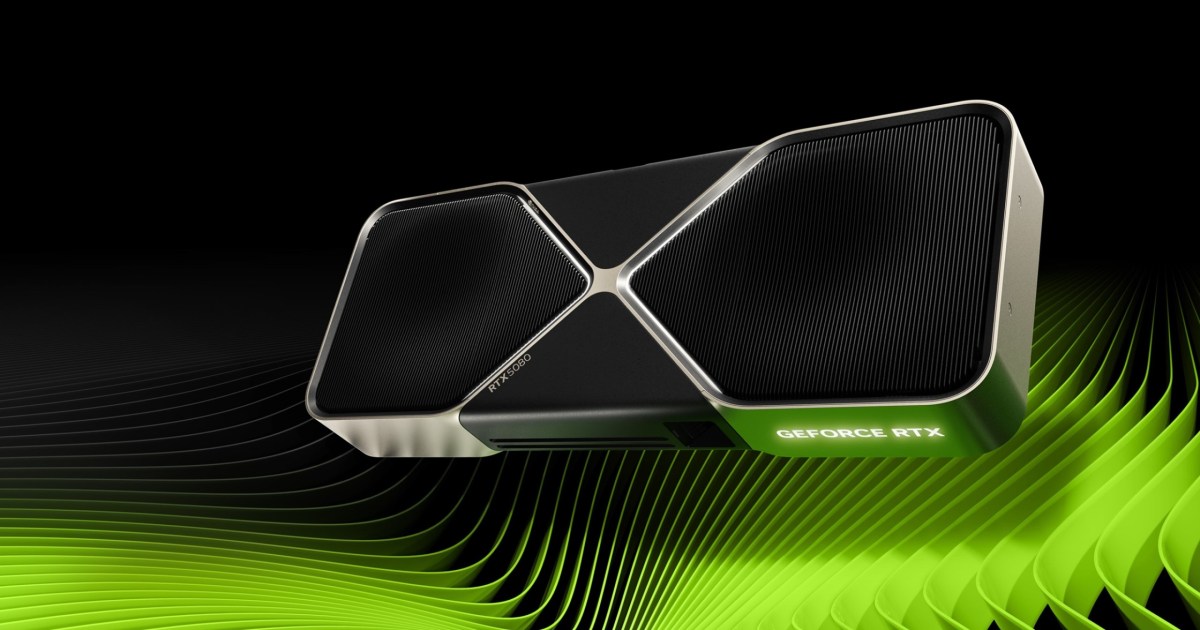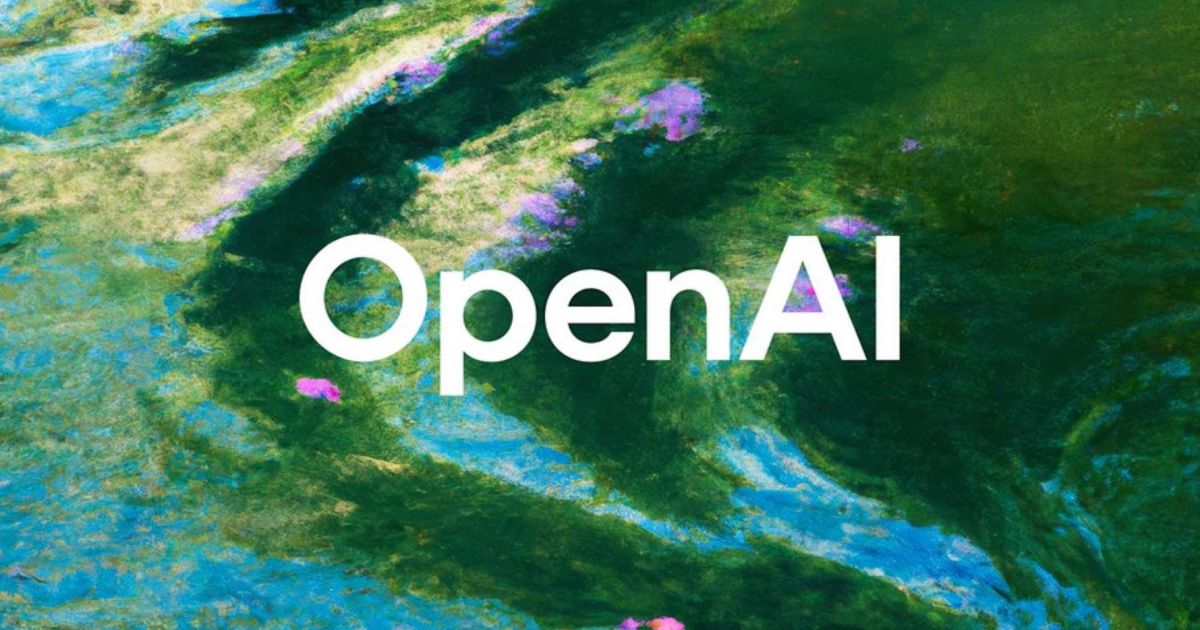The impact of AI in Hollywood has been a hot topic, especially after the 2024 SAG-AFTRA protests concerning actors’ rights in the age of artificial intelligence. While a deal was reached, the conversation surrounding AI’s role in filmmaking continues, and the Academy of Motion Picture Arts and Sciences has officially entered the discussion.
The Academy, the organization behind the prestigious Oscars, has clarified its stance on generative AI in films, stating that the use of these tools doesn’t inherently increase or decrease a film’s chances of receiving a nomination. Ultimately, the final product is what truly matters. This statement marks a significant development in the ongoing dialogue about AI’s influence on the film industry.
AI Tools: Already a Mainstay in Film Production
It’s crucial to distinguish between the general term “AI” and the more specific “generative AI.” AI tools have been integrated into filmmaking processes for some time. Filmmakers utilize tools like Axle AI for tasks such as face recognition, scene detection, and transcription.
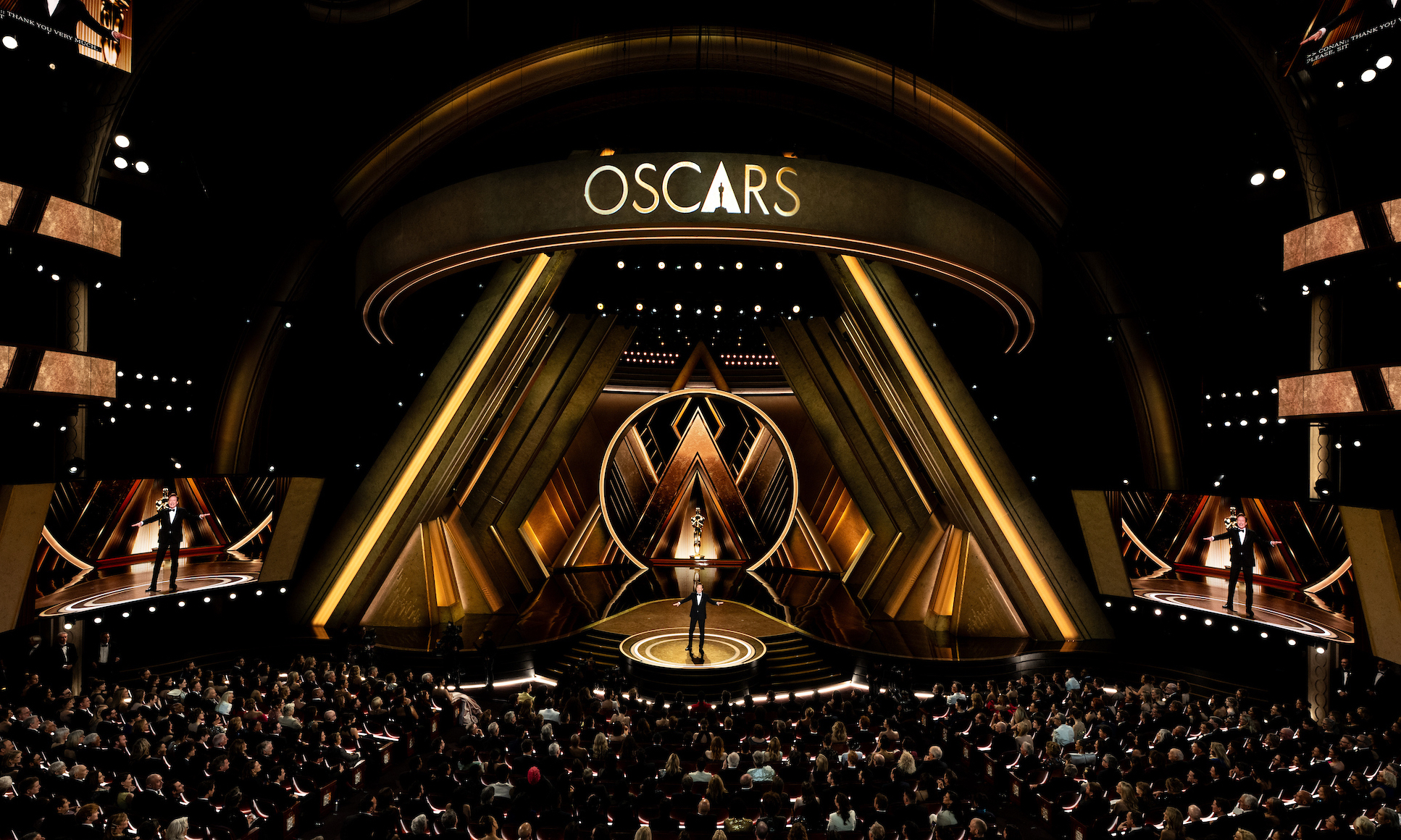 alt text: A photo featuring several Oscar statues.
alt text: A photo featuring several Oscar statues.
Other examples include Magisto, which employs Emotion Sense technology for video editing, and Strada AI, which assists with file organization and remote editing. Even DJI’s AI-powered autofocus system has contributed to projects like Alex Garland’s Civil War. Twelve Labs offers a sophisticated scene identification tool, while Luma AI helps with 3D scene rendering. These are just a few examples of how AI is used for technical tasks, not necessarily generating core content like visuals or voices.
Generative AI: A New Frontier in Filmmaking
Generative AI, unlike other AI tools, creates content. This includes AI chatbots like Gemini or ChatGPT writing scripts, image generators like Google’s Imagen or Midjourney creating visuals from text prompts, and advanced tools like OpenAI’s Sora or Google’s Veo producing photorealistic or cinematic clips.
This content creation capability raises concerns about job displacement for human artists, particularly in areas like voice generation and dubbing, where AI can now replicate human likeness with remarkable accuracy.
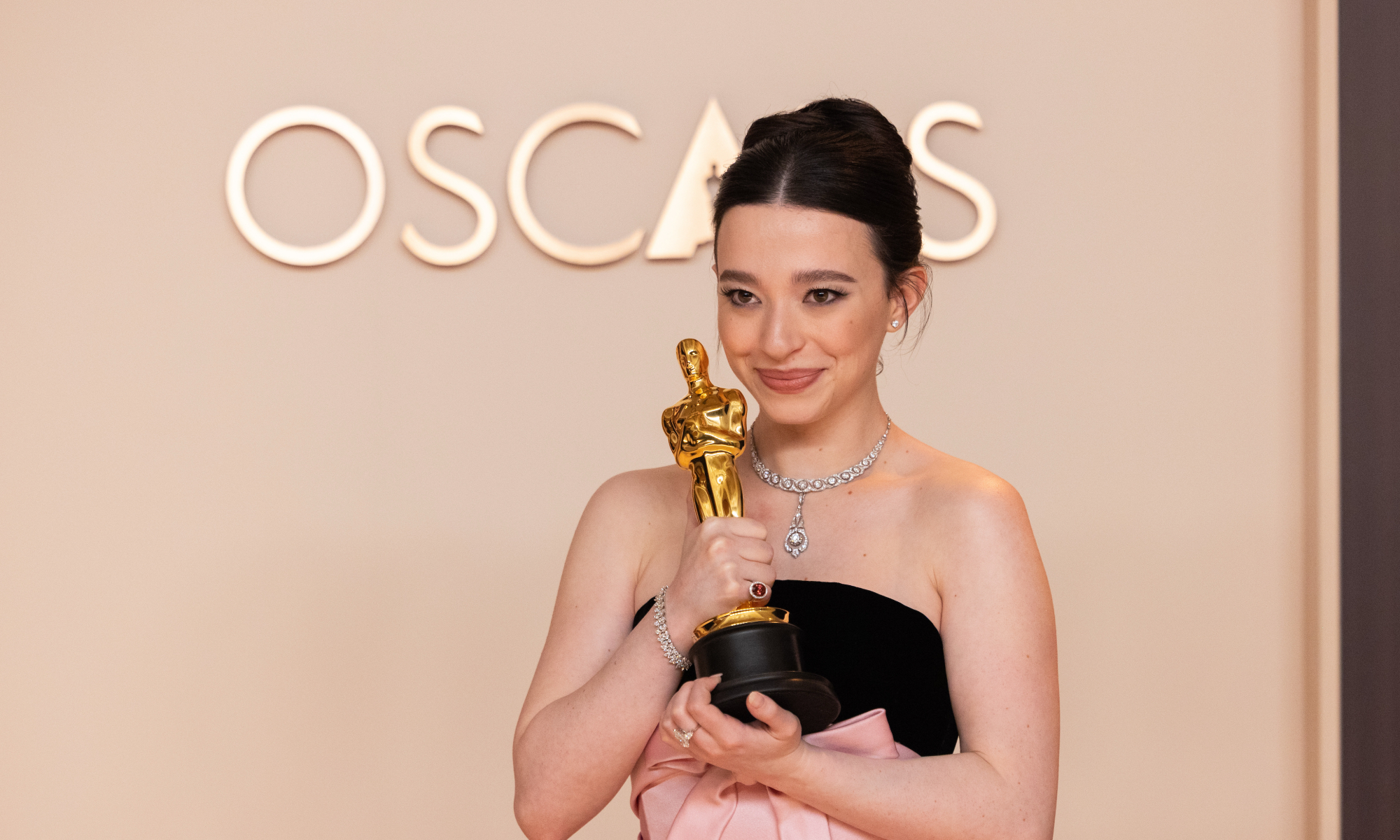 alt text: A person holding an Oscar award poses for a photo.
alt text: A person holding an Oscar award poses for a photo.
Instances of generative AI in film are already emerging. Marvel faced criticism for using AI-generated visuals in the opening credits of Secret Invasion, and the Runaway AI engine played a role in the acclaimed film Everything Everywhere All at Once. This begs the question: How much generative AI input is acceptable before a film is potentially disqualified from Oscar contention?
The Academy’s Stance: Human Creativity at the Core
The Academy’s guidelines remain somewhat ambiguous, emphasizing that the judging process will consider “the degree to which a human was at the heart of the creative authorship.” This leaves the evaluation of artistic merit up to the individual voters, potentially introducing personal biases about generative AI’s role into the decision-making process.
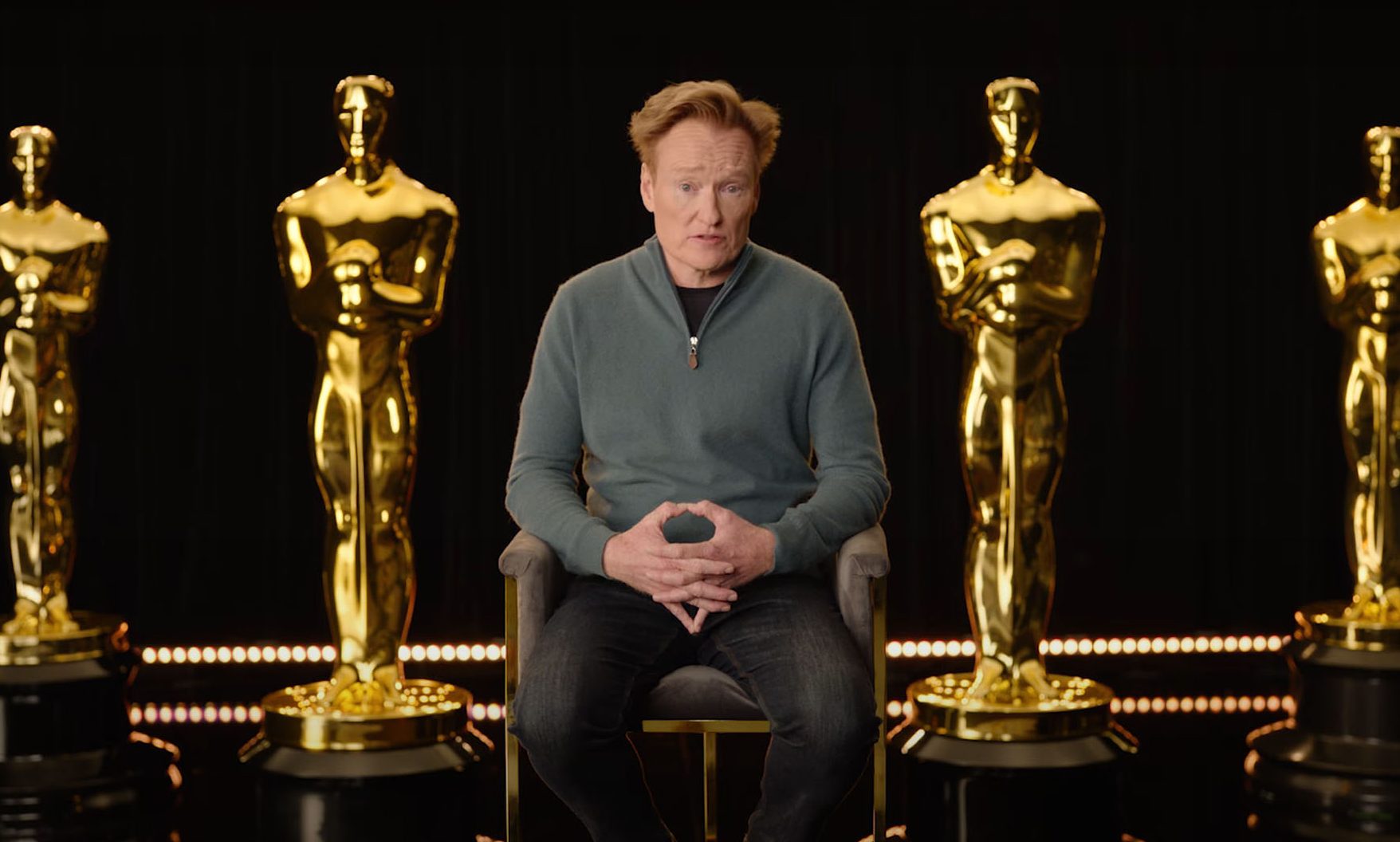 alt text: A photo of Conan O'Brien holding an Oscar award on stage.
alt text: A photo of Conan O'Brien holding an Oscar award on stage.
Interestingly, James Cameron, a multiple Academy Award winner, now sits on the board of StabilityAI, a prominent generative AI company facing copyright lawsuits. This highlights the increasing intersection of AI and the entertainment industry.
The use of generative AI is also expanding in the gaming industry, particularly after last year’s union protests. Companies like Microsoft are even developing tools to integrate AI-generated assets into games, raising further questions about the future of creative industries. While the debate about AI’s influence on art continues, the Academy’s acceptance of generative AI in filmmaking suggests that its role is likely here to stay.



